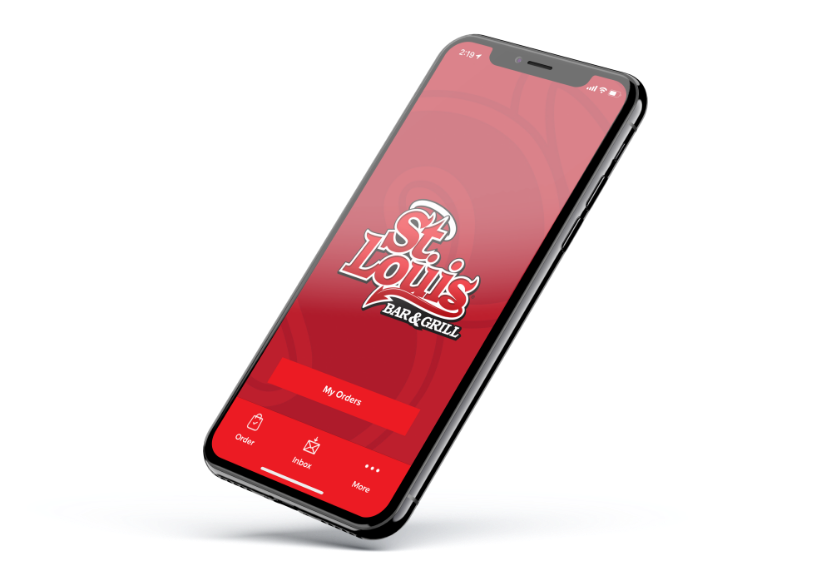It’s been difficult, but you’ve adapted to these hard times. You’ve found a way to make your franchise profitable by taking your business online. And now that multiple jurisdictions are repealing lockdowns while infection rates plummet, you’d think you’d be happy. But no—now you have a new problem.
“What is my primarily offline business going to do with all these online customers I’ve picked up during the pandemic?”
Your question is a sign of the times. The pandemic has changed everything for franchises. A push towards digital services has irrevocably altered the way we do business, signifying a new emphasis on online platforms.
The “new normal” doesn’t have to be as ominous as those quotation marks make it out to be; it certainly doesn’t mean that the in-store brick-and-mortar store experience is dead. Once you accept the hard truths about the paradigm shift we find ourselves in, you will be able to find the path to success.
Here are some tips to adapt your business to new trends and retain the new online customers you’ve picked up during the pandemic:
- Keep Offering Pandemic-Era Services Even When It’s Over
After a painfully long hiatus, Canadian are demonstrating a pent-up demand for their favourite restaurants and bars. And although patios and brunches are sure to see a large return of diners this summer, you shouldn’t put all your focus on your brick-and-mortar location. Rather, your franchise should keep offering the same online services and products as you did during the pandemic—even once it’s officially over.
Your new online customers have gotten to know you in their own way, and it’s a relationship worth continuing. As much as you want to return to normal in-store operations, these customers operate on their own timeline. This means they may actually prefer your “temporary” online services instead of the “permanent” experience that you’re known for.
The answer behind this phenomenon lies in the new trend of at-home consumption. A recent Deloitte study showed that 40 percent of U.S. consumers say they will increase their orders of takeout and delivery once the pandemic subsides as compared with before.
So remember: To truly cater to your customers, you need to sell to them in the way that they want.
- Keep Your Branding Consistent
Always socially distancing and doing everything online can strain your relationship with your customers. But you won’t need to worry about becoming distant with your clients if you keep your branding consistent across your offline and online channels.
Branding is an abstract concept, but it basically boils down to what your customers think about you. Your brand is the set of values your business believes in, and the experience your customers expect. That means that no matter where you do business with your customers, they will always have this expectation. For this reason, you need to provide a consistent customer experience for them.
Whether in your store or on your website, provide the same brand messaging that your customers expect to hear. As diametrically-opposed as these disparate mediums may appear to be, some things shouldn’t change. It’s up to you to keep this messaging consistent.
If you’re unclear on what your brand is, give yourself a moment of introspection. Think about why you started your business. Think about the goals you dreamed of achieving. Now, think about your customers, what makes them loyal, and the expectations they have that keep them coming back.
Put all that into your online and offline marketing, and you’ll have yourself a brand.
- Integrate Offline with Online
To a satisfied customer, there’s no difference between offline and online; to them, they get the services and products they want on their terms. This is easier said than done for a franchise, but because their expectation will alway remain, businesses need to meet this demand by integrating their online platforms with their offline counterparts, and vice versa.
Do this by amalgamating online (analytics) and offline (CRM) data to build an in-depth customer profile. Once integrated, this insight can inform your marketing strategy and illuminate the customer journey. But that only represents the tip of the iceberg…
- Provide a Seamless Customer Experience
Omni-channel marketing is a way of selling to a customer by offering a seamless experience that follows them wherever they go. It may sound complicated, but it’s as simple as offering them an online voucher that they can redeem in your store, or providing QR codes for in-store products that the customer can take home with them and continue to browse online.
Omni-channel represents an exciting new way of doing business, and presents many exciting new opportunities that are only limited by your imagination.
Say you want to encourage your online customers to come visit your store. You can do this by promoting an in-store event on your social media channels. Or, say you want the contact information of your in-store customers. You can do this by encouraging them to sign up for your social media channels.
A roster of online customers provides you with the big advantage of having their contact information already. Use this information to send them email promotions or customize product suggestions. Make the best of the situation you have.
- Make Your In-Store Location A Worthy Destination For Your Customers
Some franchisees may view their online component as a hassle. And yet, it’s important to keep the perspective that your offline and online channels not only have to work together, but also be distinct from each other. So while your online store is convenient and accessible, your offline store has to have its own distinct characteristics that make it worth visiting.
Give your customers good reasons to leave their comfy home to go to your franchise location. What can your physical location provide that your online store cannot? Think about your customer service and store environment. Consider your branding and what you mean to your customers. Make your in-store experience unique, and fulfill the needs of your customers.
With all these tips in mind, you’re well on your way to keeping your online customers loyal to your franchise.
Are you interested in operating your own franchise? Find out which St. Louis Bar & Grill franchises are available in your area on our website!


